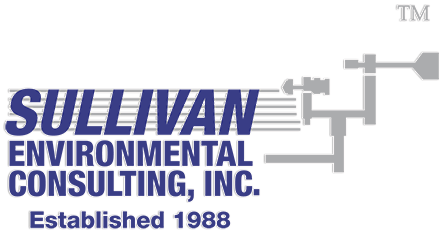- info@sullivan-environmental.com
- 1900 Elkin Street, Suite 200, Alexandria VA 22308
- (703) 780-4580
Pesticides are used to enhance crop yield and quality, which provide important benefits to feeding the world’s population. Along with the benefits, there are potential risks associated with airborne exposures to applicators as well as bystanders. The emissions from such operations need to be managed in an environmentally responsible manner.
There are different classes of pesticides, such as fumigants that are applied pre-plan (methyl bromide, metam sodium, chloropicrin, 1,3 dichloropropene, etc.), less volatile pesticides such as that are used with crops in the field, and non-volatile pesticides in powder form. Focusing on the volatile pesticides, it is important for the long-term viability of such pesticides to be applied and sealed when necessary in a manner that is within health criteria as established by the U.S. Environmental Protection Agency and other regulatory authorities.
There are two ways to evaluate human exposure to volatile pesticides: (1) direct measurement, and (2) AERMOD air quality dispersion modeling on emission rates that are a function of the pesticide, application method, and sealing method. Sullivan Environmental conducts analysis based on both of these methods.
Direct Measurement: Our staff has conducted over 50 field trials to evaluate emission rates for pesticides during application and as a function of time after application. Fugitive (non-stack) emissions like this are complex with typical variability by the time of day with downwind trends. Emission rates to the atmosphere depend on (a) the chemical/physical properties of the pesticide, (b) the method in which it is applied, (c) the method, if any, to seal the application, and potentially soil type and soil temperature. Studies of this nature can provide a direct measurement of airborne concentrations on the field and in the immediate vicinity of the field as well as emissions input to air quality computer modeling of airborne concentrations to which applicators and bystanders can be exposed.
Air Quality Modeling: Field studies, such as described above, can provide the emissions data to the atmosphere that are needed to support air quality dispersion modeling of concentrations within and beyond the treated field. There can be significant differences in the rate of atmospheric dilution while the emitted plumes are traveling over treated fields which are caused by the increased heat capacity of the treated soil. Pre-application soil moisture, compaction associated with the application process, and sealing based on tarping of additional water application has been found to eliminate nocturnal inversion conditions (worst-case dilution conditions)( for that portion of the flow over treated fields. Air quality modeling can be used to estimate airborne concentrations to workers conducting the application, and bystanders off the treated field at various distances downwind.
